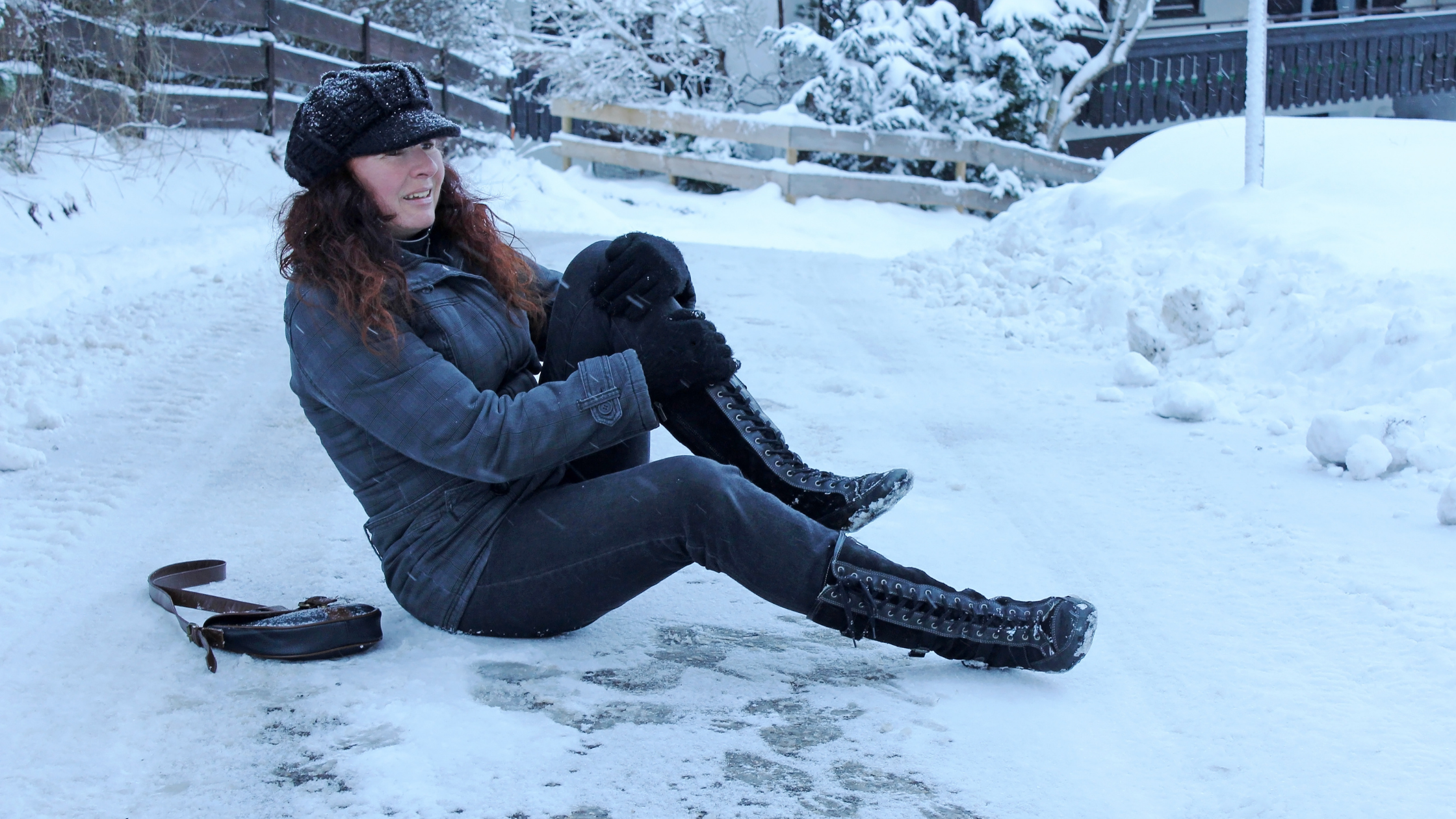According to the Bureau of Labor Statistics, tendonitis causes more than 70,000 people to miss work per year. This is just one of many reasons why it is important to understand the symptoms of tendonitis so that you can avoid not only the pain but the inconvenience it...
LATEST BLOGS
Husband and Wife of 54 Years Undergo Joint Replacement Surgeries On The Same Day
Premier Orthopaedics surgeon, Dr. Jonathan Garino, performed back-to-back procedures on a couple who have been married for 54 years! They shared their same-day surgery journey at the MUVE Center with @6ABC. Watch the incredible story below. Read the full ABC6 story...
What are Non-Surgical Treatment Options for a Herniated Disc
The spine consists of 26 bones called vertebrae and between them are cushion-like pads called “intervertebral discs”. The discs serve as shock absorbers for the vertebrae and help provide stability to the spine. When one of these intervertebral discs loses its normal...
How to Avoid Common Winter Injuries this Cold Season

By Joseph Stellabotte, M.D., sports medicine specialist at Premier
Every year, ‘Old Man Winter’ brings with him an assortment of sprains, strains, and fractures. But following a few simple steps can lower the odds that you or a loved one suffers a winter weather injury this year.
Footwear is key. Make sure you have the proper fitting footwear for your activity. It’s important that your shoes have good tread to maintain solid contact with the ground. Additionally, your footwear should fit snug, yet still comfortable. Your foot should not be sliding or coming out of the shoe, or more than likely down you will go.
If you do fall, there are a variety of ways to hit the ground, but none of them are good. The most common injuries from a slip and fall are wrist and ankle sprains, but an injury to your shoulder, elbow, and knee can all happen.
More severe falls can often lead to bigger injuries, like fractures. Wrist fractures, particularly distal radial fractures, are one of the most common orthopaedic injuries and are often the result of a hard fall. If you don’t get your hands down to break your fall, that’s where collarbone fractures come into play. If your feet go up out from under you and you fall backward, you could sustain injury to your tailbone, clavicle/shoulder blade, or unfortunately your head.
Some less common, but potentially severe, winter injuries are those caused by winter activities, like skiing and sledding.
Anytime you are moving at a high rate of speed and fall or hit an object, the chance of orthopaedic trauma is high. If you ever experience or witness someone fall or hit a stationary object, like a tree or rock, during a high-velocity winter activity, it is best to err on the side of caution and get them to a doctor as soon as possible.
Winter is a wonderland, but pitfalls lurk. Use the above tips and stay safe this season. And if ‘Old Man Winter’ does catch up with you, come see Dr. Stellabotte at our urgent care facility in Media. We will get you back on your feet in no time! Call 610-566-5723 or visit premierortho.com.
